





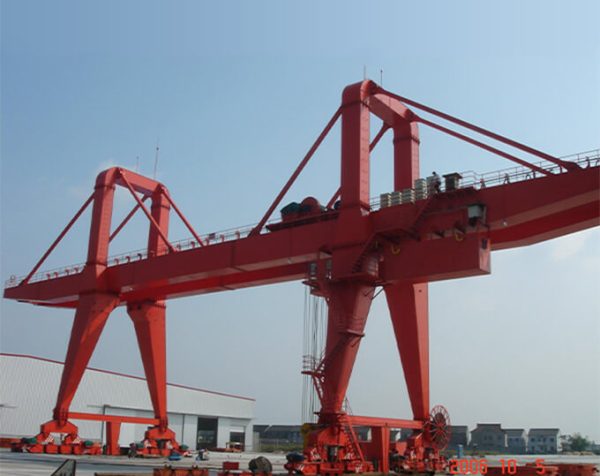

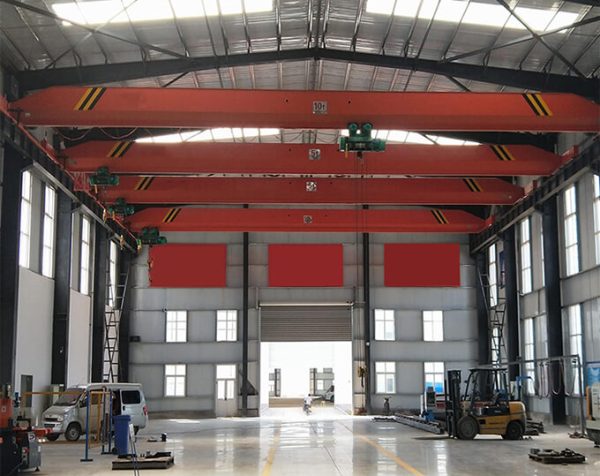

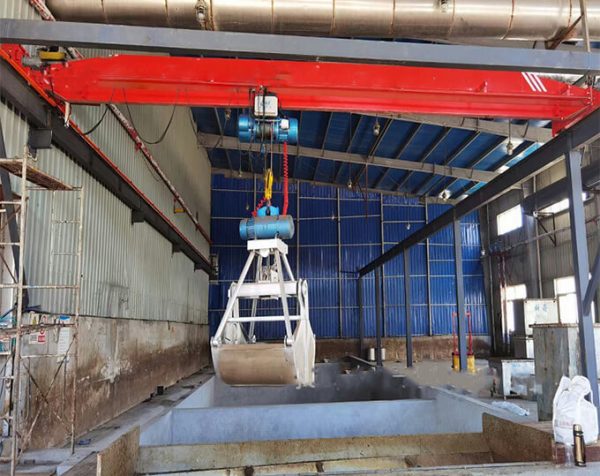







-600x476.jpg)











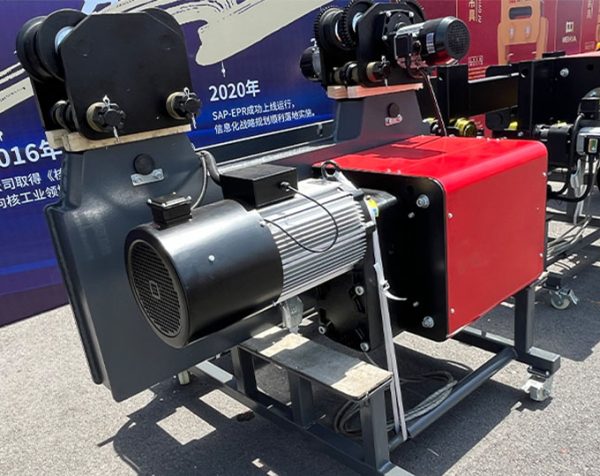


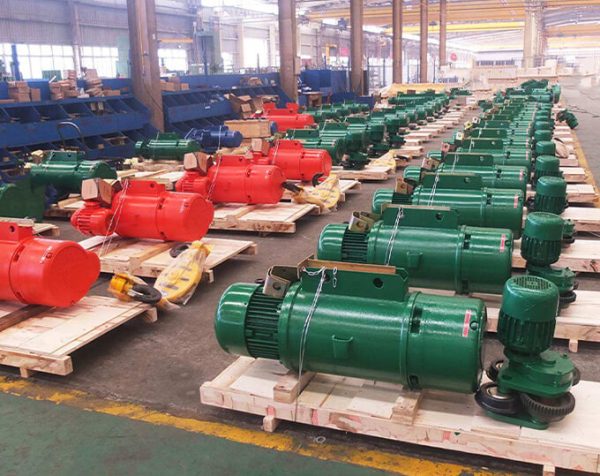



















-600x476.jpg)

















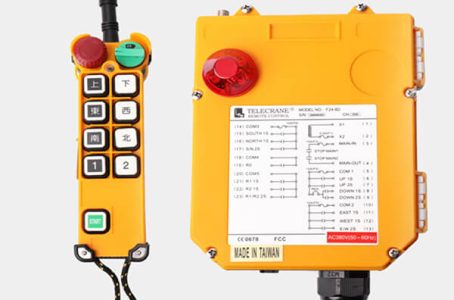
The remote control of a single-beam crane is an important device for operating the crane. Proper use can improve work efficiency and safety. The following are the usage and precautions of the remote control of a single-beam crane:

Grab crane is an automatic picking machine. Its grabbing and unloading actions are operated by the unloader driver and do not require auxiliary personnel.

The functions of crane guide wheels are mainly reflected in the following aspects:
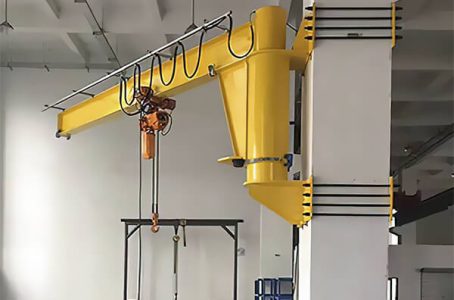
As a light-duty station hoisting equipment, jib cranes play an important role in many industries. Whether in a factory, warehouse or dock, jib cranes provide effective and convenient loading and unloading handling solutions. However, choosing the right jib crane can be challenging, and there are multiple factors that need to be considered to ensure that the equipment can perform to meet the specific job requirements.
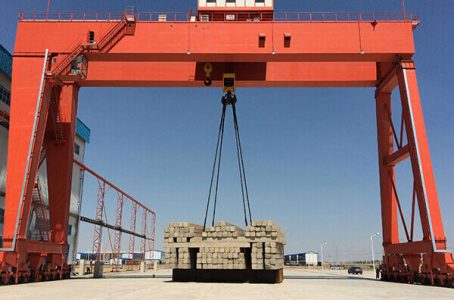
The development history of cranes can be traced back to ancient civilizations. The earliest cranes can be traced back to ancient Egypt, where they used simple rope and pulley systems for construction and transportation work. The ancient Greeks also used similar techniques for construction and sculpting. With the rise of the Roman Empire, they further improved crane technology, employing more complex pulley systems and ropes to tackle larger construction projects.

Cranes play an important role in our engineering operations, but if you want the crane to fully play its role, in addition to the need for an experienced operator to use, but also need to be regularly maintained in order to ensure normal work efficiency. So what problems should we pay attention to in the daily care and maintenance?

Overhead cranes and gantry cranes have similar functions, both are used to lift objects for transportation and lifting. Can overhead cranes be used outdoors? What is the difference between an overhead crane and a gantry crane?

Scrap plants play an important role in the processing and recycling of waste materials, and choosing the right crane is key to ensuring efficient